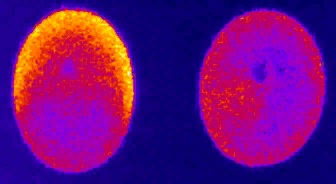
Image from movie courtesy Mark Terasaki, Univ. of Connecticut, pseudocolored by Jeff Hardin, Univ. of Wisconsin.
In starfish, experiments have been performed to induce expression of an inhibitory form of phospholipase C which would in theory interfere with this pathway, preventing calcium release from the ER. By injecting mRNA for this inhibitory PLC fragment, allowing the oocyte to translate the mRNA to make protein, and then maturing and fertilizing the oocyte, we can test for a role for a particular PLC in fertilization and egg activation. Laurinda Jaffe, Mark Terasaki and colleagues have performed this experiment, using a particular isoform of PLC called PLCgamma. The result is shown here using a calcium indicator dye to visualize calcium transients. The oocyte receiving the inhibitory PLC fragment (an SH2 domain fragment) is on the right. Although the calcium wave is not completely abolished in this experiment, it is significantly delayed, suggesting that PLCgamma is involved. Subsequent experiments in collaboration with Kathy Foltz's laboratory (UC Santa Barbara) suggest the same pathway is used in sea urchins.
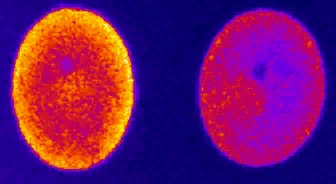 |
| Inhibition of calcium dynamics (2.6 Mb) |
If Src activity is "upstream" of (i.e., acts earlier than) PLC, then injection of Src would be expected to activate PLC at the plasma membrane, leading to calcium release. Moreover, if PLC generates IP3, then IP3 should act to stimulate calcium release, leading to a wave of calcium release throughout the egg by acting at the endoplasmic reticulum. Injection of Src and IP3 has been performed in several different animal eggs, including starfish, as shown here in work done by Laurinda Jaffe and Mark Terasaki, Univ. of Connecticut.
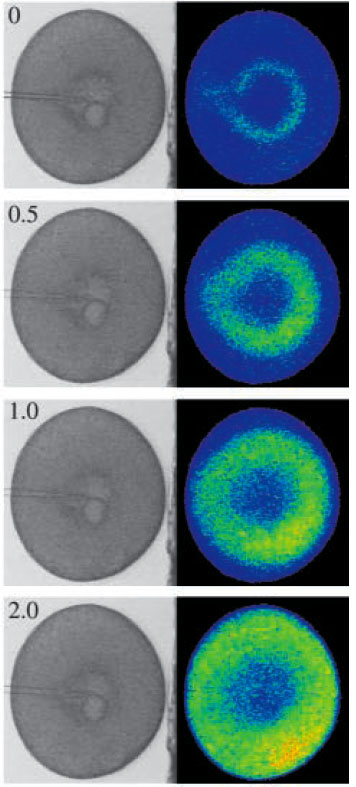
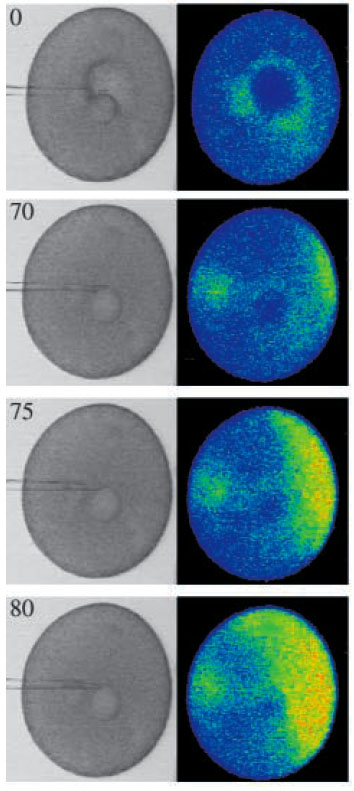
Taken together, this work suggests that a Src-dependent activation of PLC leads to production of IP3 and hence the calcium wave associated with fertilization. The elevation in calcium levels can be visualized dynamically, as the two movies below from Laurinda Jaffe and Mark Terasaki (Univ. of Connecticut) show.
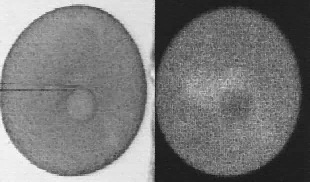 |
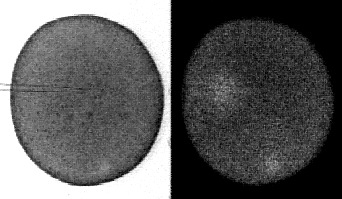 |
|
|
|
|